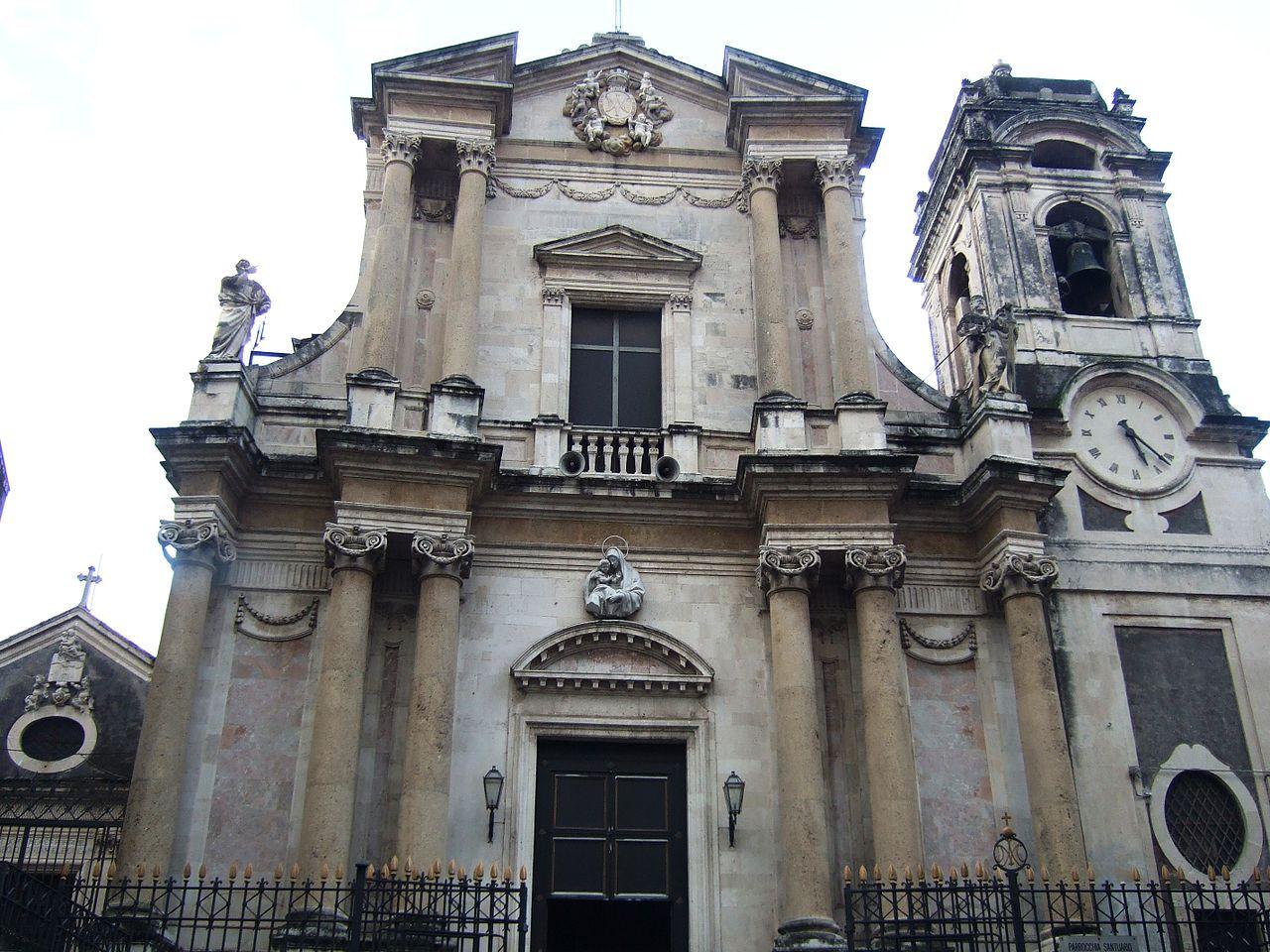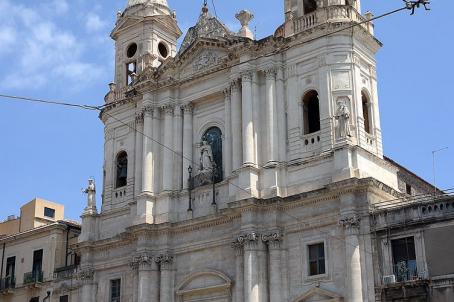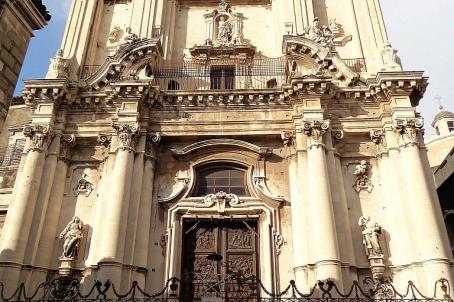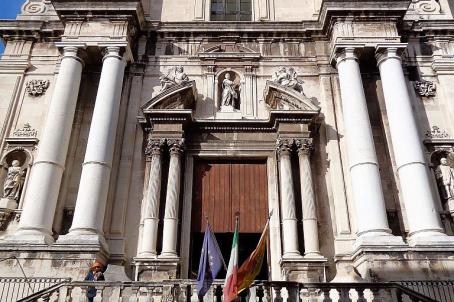Sanctuary of Santa Maria dell'Aiuto

The sanctuary of Santa Maria dell'Aiuto was built in the 17th century. The church is so named because it contains an icon of the Virgin Mary, which is said to be miraculous. The icon was moved there after the destruction of the church of Santi Pietro e Paolo by the earthquake of 1693. In the 19th century, the façade was completed with the bell tower with clock.





